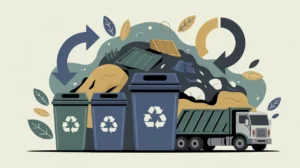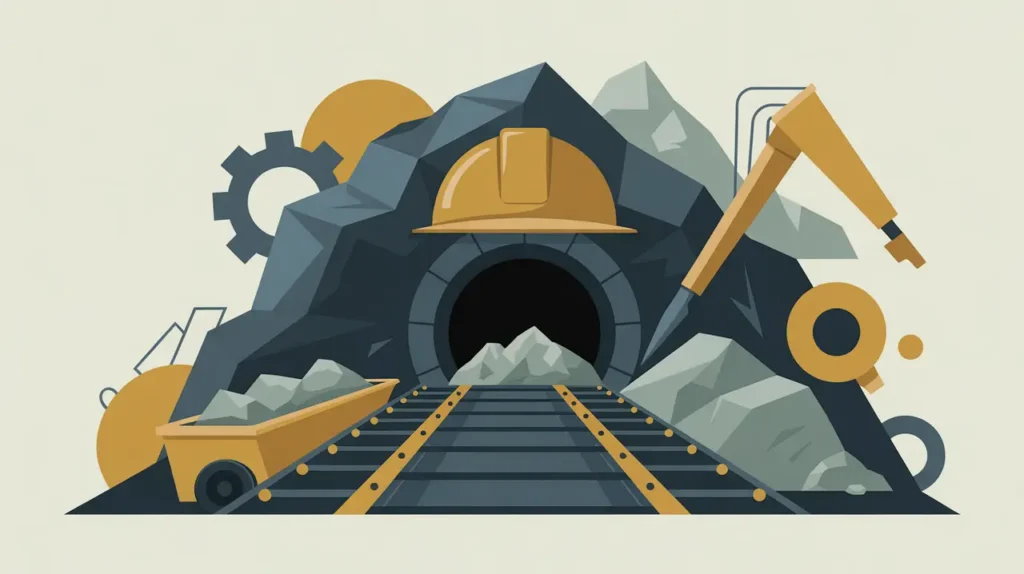Importance of Forestry
Forestry is vital for sustaining ecosystems, regulating climate, and supporting livelihoods. Forests provide food, medicine, fuel, and raw materials while also offering critical ecosystem services such as carbon sequestration, water regulation, and soil protection. In international development, forestry contributes to economic growth, poverty reduction, and climate resilience. For nonprofits and social innovators, forestry is important because it connects conservation with livelihoods, making it a focal point for balancing environmental sustainability and community wellbeing.
Definition and Features
Forestry refers to the management, conservation, and sustainable use of forests and forest resources. Its defining features include:
- Resource Provision: timber, fuelwood, non-timber forest products, and biodiversity.
- Ecosystem Services: carbon storage, water regulation, and habitat preservation.
- Sustainable Management: practices that balance use with regeneration.
- Community Involvement: local stewardship of forest resources and land rights.
How this Works in Practice
In practice, forestry spans industrial logging, community forest management, reforestation, and conservation efforts. For example, community forestry programs empower local groups to manage forests for both income and sustainability, while international agreements such as REDD+ provide financial incentives for reducing deforestation and forest degradation. NGOs often work to promote agroforestry, restore degraded lands, or strengthen indigenous land rights. Challenges include illegal logging, weak governance, land-use conflicts, and pressures from agricultural expansion.
Implications for Social Innovation
Forestry has significant implications for social innovation because it sits at the intersection of environmental sustainability and human development. Innovations such as satellite-based forest monitoring, payment for ecosystem services, and forest-based enterprises create opportunities for inclusive and sustainable management. For proximate actors, forestry provides livelihoods, protects cultural heritage, and strengthens resilience to climate change. Forestry is essential for maintaining ecological balance and supporting human development.







